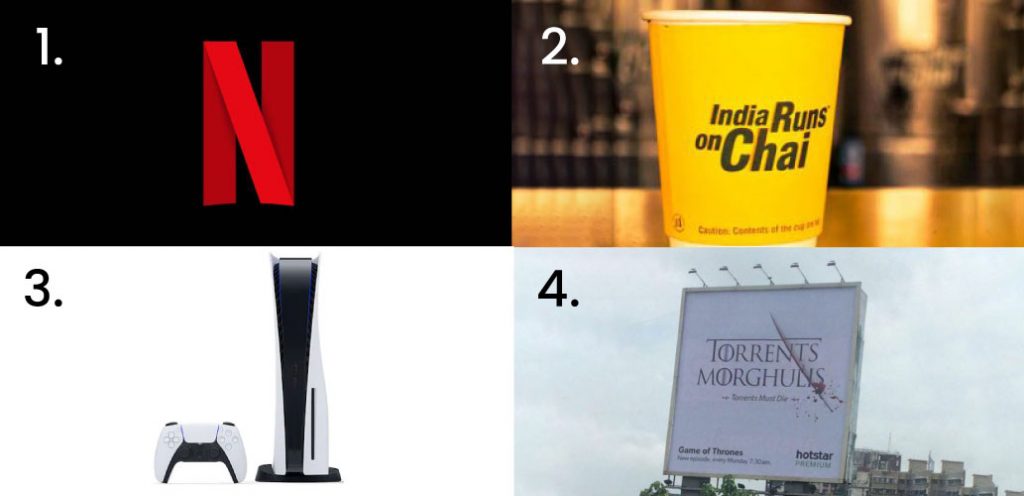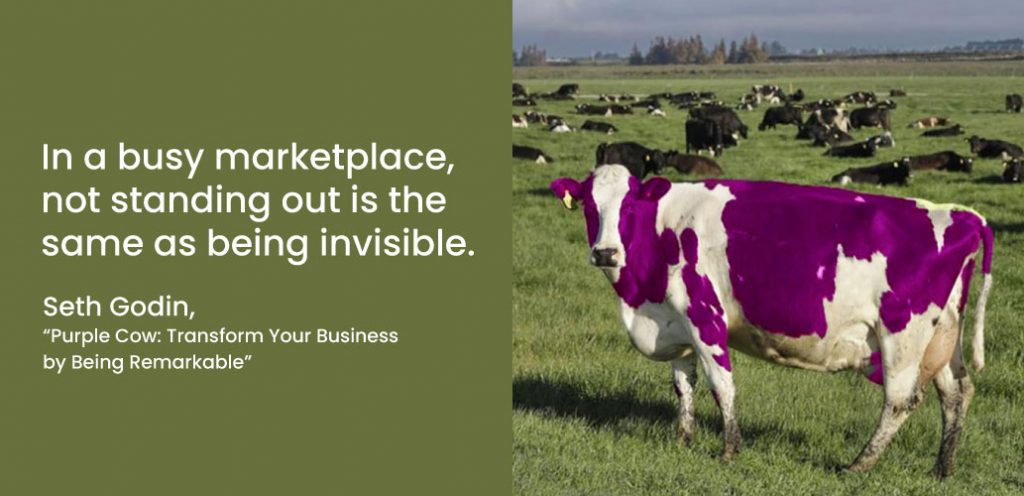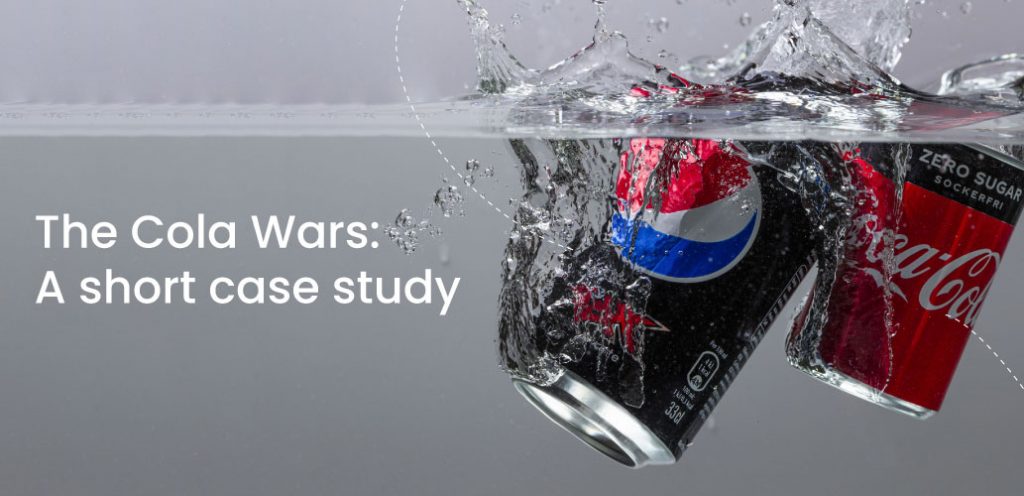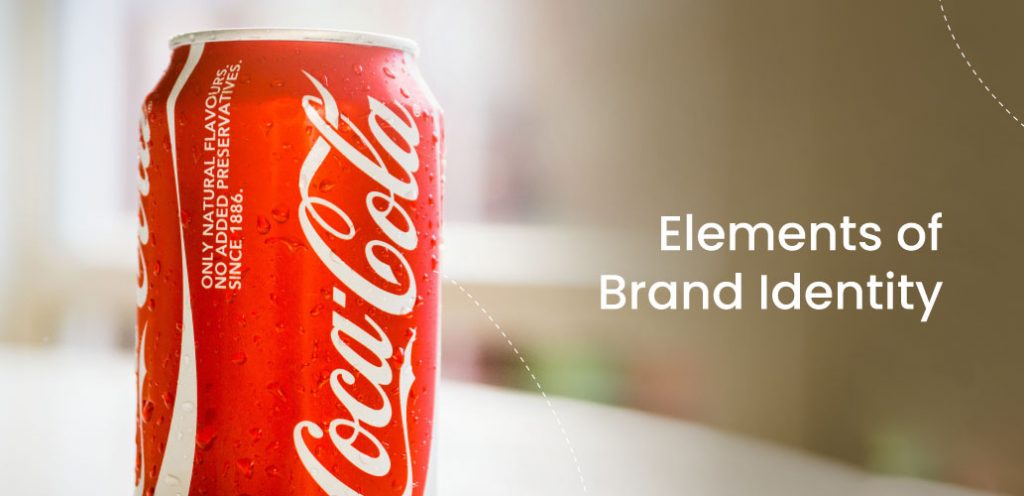Blog > Breaking Brand: Identity, Ingredients & Importance
Breaking Brand: Identity, Ingredients & Importance
July 25th, 2022

Hey future digital marketers! You might have noticed that the world of marketing has changed a lot in the last 5 years, and along with it, so has the notion of a brand.
But what name comes to your mind when you hear the word ‘brand’? In a quick survey we did, the answers we heard included Nike, Audi, Apple, Zomato, McDonalds, among others. So what has made these names stand the test of time? What makes each one of them ‘a brand’?
The answer, in a nutshell, is brand identity.
First principles: Brand Identity
Before we delve deeper into the world of brand identity, here’s a quiz for you:
Quiz 1) Name the brand associated with each image.

From the quiz above, it’s clear that a brand need not be identified by one aspect alone. A brand can be recognized by its logo (#1) or by its tagline (#2), its outward packaging (also #2) or even the product it sells (#3). Sometimes, all it takes is a quirky message on an outdoor hoarding to evoke recognition among its consumers (#4).
Contrary to what many marketing freshers believe, brand identity is a lot more than the visual system developed by a team of designers in the marketing team. It is not restricted merely to colours, typography, imagery or icons. It is the sum of many parts – including tone of voice, personality type, content and customer experiences it generates.
From the iconic Ta-dum sound that Netflix makes on its opening screen to Apple’s Genius Bar of customer service representatives, a lot goes into a brand’s identity.
| Point to Ponder : In a recent survey, people on the street were asked to tell what they thought of when they heard the word ‘Bose’, and unanimously, everyone responded ‘headphones’. So in this case, which element of the Bose brand became the identifier? The logo or the product itself? |
To put it simply, any element that establishes recall among the consumers forms a part of the brand identity.
Branding vs Brand Identity
To understand the importance of brand identity, we must first understand the importance of branding. And as per customer psychology, people buy from their gut.
Surely there are many consumers who spend hours researching the best buy. But at the time of the final purchase, they react from their emotional side. And between two virtually indistinguishable products, emotions are the tipping point.

Marketing guru Seth Godin believes that for a brand to evoke any emotion from its consumer, it must at least attempt to stand out. There are too many businesses in the marketplace selling the same thing with little to no distinction. Hence, it falls upon branding to separate a product or service from the crowd. Become remarkable. Become the purple cow in the herd.
While the objective of branding is to establish uniqueness and remarkableness, the objective of brand identity is to establish recall or “brand memorability”. Good branding creates a strong first impression. Brand identity retains and reinforces that impression, again and again in every interaction with the consumer.
In a nutshell, the only way to build a successful brand identity is to be consistent across all customer touchpoints.

Consider the classic Cola Wars between Pepsi and Coke. Every consumer prefers one over the other. This has a lot to do with the demographic they belong to, and branding plays a key role in it. Coca Cola has always positioned itself as the “Family brand” – from the Santa Claus colours of red and white to international campaigns like Share A Coke.
Pepsi, on the other hand, focuses on a younger crowd that loves rebelling. By capitalising on India’s Cricket Fever and selecting youth icons like Virat Kohli, it strengthened its position amongst the youngsters.
Both the beverages have enjoyed success and carved their own niche through branding. But these distinct brand identities didn’t come from one single campaign. It came from coordinated campaigns across various mediums, so that:
o Contour bottle or red and white colours = Coca Cola
o Team Blue = Pepsi
Quiz 2) To build a brand identity, we need to create a strong first impression on the consumer. |
(Scroll to the end for answers)

While there are many models to define brand identity, the most holistic one is Kapferer’s Brand Identity Prism or The Brand Identity Prism. Developed in 1996 by Jean-Noel Kapferer, the relevance of this model holds true to date.
The Brand Identity Prism divides the brand identity into six key elements. Let us analyse each of these elements with the example of Coca Cola.
1) Physique: Physique refers to the physical characteristics of the brand which the consumers visually experience. This includes logo, style guide, packaging, website, etc. In Coca Cola’s case, the signature red and white colours with the stripe and the bottle’s contour define the brand’s physique.
2) Personality: Personality traits are those inherent features that permeate through various facets. For e.g., colours of red and white are associated with festivity, emphasised further by Coca Cola’s tagline “Open Happiness.”
3) Culture: Culture of a brand includes the values that the brand upholds, and can play a strong role in the brand’s campaign. This can include the brand’s mission statement, its commitment to the employees and the world outside. It is also rooted geographically, and hence, Coca Cola’s peppy, positive ethos found its way in the Indian campaign of Ummeed Vaali Dhoop.
4) Relationship: This refers to a direct connection with the consumer – be it in a customer service call or a social media campaign, and maintaining a positive relationship with them. Coca Cola, even before the rise of social media, practised this through on-ground campaigns like The Happiness Machine.
5) Reflection: This element talks about a brand’s ideal consumer. It is about how a brand mirrors its consumer and tailors the communication accordingly. For instance, Coca Cola’s brand ambassadors have always been family favourites, like Amir Khan and Aishwarya Rai, underscoring the theme of “Family Time”.
6) Self-image: Different from Reflection, Self-image refers to how the audience visualises themselves in relation to the brand. And every one of Coca Cola’s campaigns and ads has the element of happiness. The image in the consumer’s mind is simple. Make your moment happy with Coke.
Quiz 3)Which of these is NOT a part of the brand identity?a)Tagline b)Hashtag c)Employee handbook d)All are a part of brand identity |
(Scroll to the end for answers)
Impact on Consumer Behaviour
Recognition begets more recognition – especially in today’s hyper-connected world. According to Nielsen, 92% of consumers trust recommendations from friends and family, above other forms of advertising. Think about it this way - don’t you end up following a page on Instagram that comes highly recommended by your friend? Brand recommendations work the same way.
This is why a strong brand identity is crucial to its success. By focussing on all the components of brand identity, a brand can:
- Attract a larger audience.
All of Coca Cola’s campaigns have led to it being recognized by 94% of the world’s population and a global brand value of over 71 billion U.S. dollars. - Build trust with their consumers.
Despite being significantly pricier than its competitors, Apple has a large following, because of the trust people have in the brand. - Make a cultural impact.
Cadbury’s premium luxury gift boxes have re-defined the tradition of Diwali sweets. - Affect purchasing norms.
With awareness rising in social media, many consumers are shifting to brands that emphasise the values of sustainability and animal cruelty-free practices.
With these examples, it’s clear that a strong, recognisable and relatable brand identity can turn a business into a brand and can successfully convert its customers into ambassadors.
Now that you know all about brand identity, let’s take a look at the answers to the quiz:
| Quiz 1) Netflix 2. Chai Point 3. Playstation 4. Hotstar |
| Quiz 2) False. Many brands today fail to create a first strong impression. But through several interactions and consistent messaging a brand can establish its identity. |
| Quiz 3) d) |
If you faced any issues in solving the quiz or are interested in diving deeper into the world of branding and marketing, sign up for our Digital Marketing course today.






Add a Comment